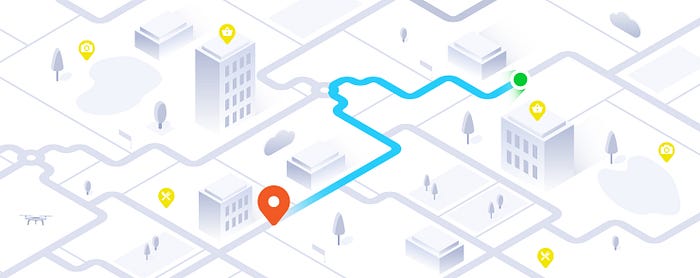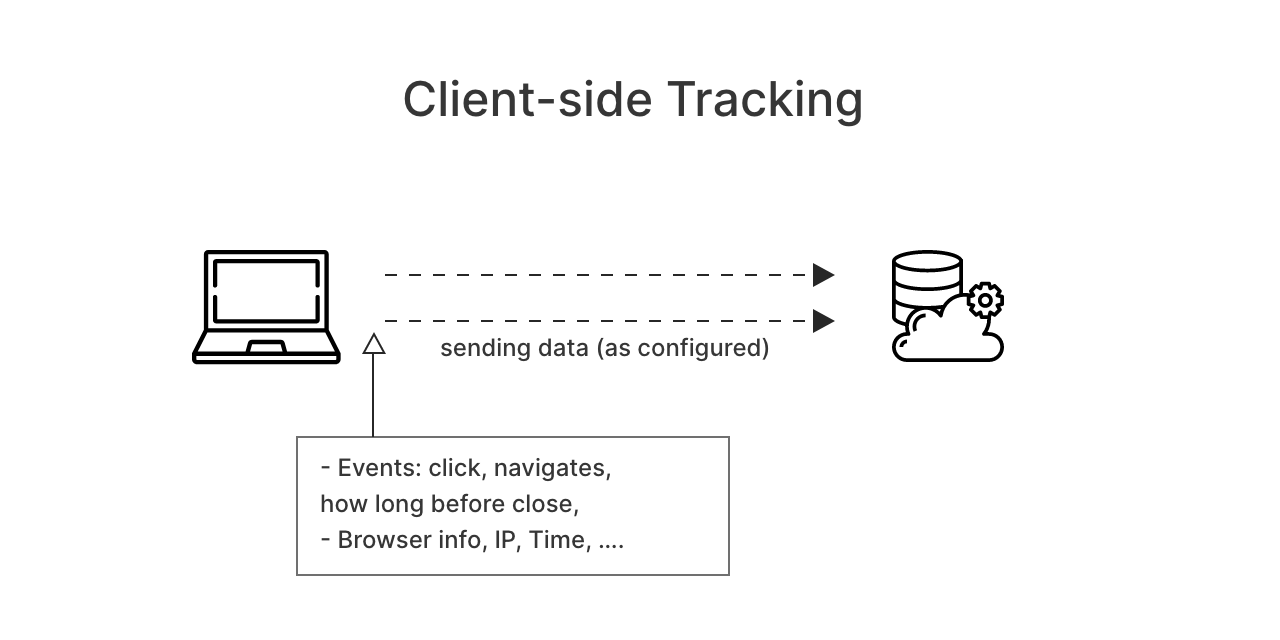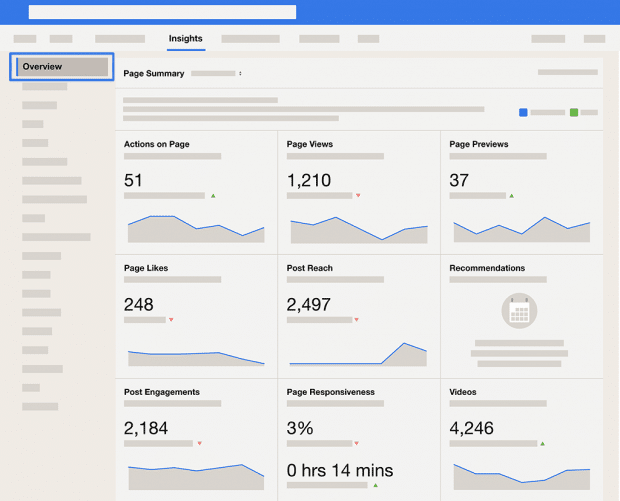How many Ways, an App can Track You?

What apps do you love and excited to use every day? Do you think they use tracking? Most of the time, the answer is YES, they use tracking.
Tracking is there to improve the products, services, or prevent server attack and hacking. It collects data from the web server, the app on your device, through email, or social media. Either love or hate it, you should be aware of it.
In this post, I will show you some common methods of tracking. Details about how it works, their purposes, and just in case, how to disable it.
1. Server-Side Tracking

Server-side tracking happens on a server. When someone visits a website, the browser will first send a request to the server. Before sending back the webpage, it logs some info on the server.
Without permission, the server can read IP addresses, cookies, traffic sources (from an email campaign, an app, or a source website).
Often, it’s for security reasons, or to improve product and service. For example, the app uses cookies to prevent unauthorized access. Or watch for malicious requests to detect hacking and server attack.
Server-side tracking can’t be disabled by the users. Sometimes, it is a replacement when browser-tracking is disabled.
2. Client-Side or Browser Tracking

Client-side tracking happens on the user’s device, including on the browser, or apps. It works with an tracking library embedded. The library includes event triggers, and will send data to the tracking server when an event occurs.
Client-side tracking is great for improving product service, and learning users’ behavior. It can collect whatever happens on the browser. Like mouse or keyboard inputs, device or browser info. Therefore, it’s powerful.
Besides, this method also used for security reasons. For example, Stripe claims they use this method to detect fraud.
You can avoid client-tracking by disabling JavaScript. But modern websites depend on JavaScript to work. Besides, you can block requests to the tracking server to avoid being tracked.
3. Email tracking

Email tracking happens when you open an email by tracking pixel, or click the links on the email.
A tracking pixel is an image with an actual size of 1x1 pixels, or any image on the email. The image is stored on the tracking server and will log data whenever the image is requested.
A link tracking is a masked link, which redirects to the actual link. Before being redirect, it will logs data to the tracking server. You can recognize tracking link by its ID, or masked address of any email marketing services.
Email tracking is helpful to measure email quality, conversion or other service purposes. It can be avoided by disable display image, avoid clicking on suspicious links
4. 3rd-Party Service vs Self-Service
To record tracking data, there are 3rd-party tracking service or self-setup tracking server. These 2 methods are the same, but can be different.
3rd-party tracking services give a curated view of user behavior. But often don’t provide the exact details. It shows site performance, conversion, traffic source. Or about users’ location, returning, duration, user journey, etc.
A self-tracking service can do the same. But the owner can access more accurate data. For example, IP address, exact visit time.
5. Social media

In case you ever wonder — what social media have to do with it? Social media collect users’ data for many reasons. Including security, improving product and service, advertising, and more.
Users can’t directly track and measure data. But often, there is a Insights or Analytics feature, gives a curated data view. And the data are collected right from the users on the platform, and websites that embedded their plugins.
For example, ad creators can target users based on gender, age, location, employment, marital status, etc. Or insights about audience interactions, impressions on every post.
You can avoid social-media tracking by not using them.
In general, online products collect data from their server, user’s devices, or email, and social media.
They track user behavior, activities, or malicious access. Tracking data helps improving product and service, boost sales, or for security reasons.
Not all trackings are bad, but you should know.
Posted on How many ways an app can track you?
